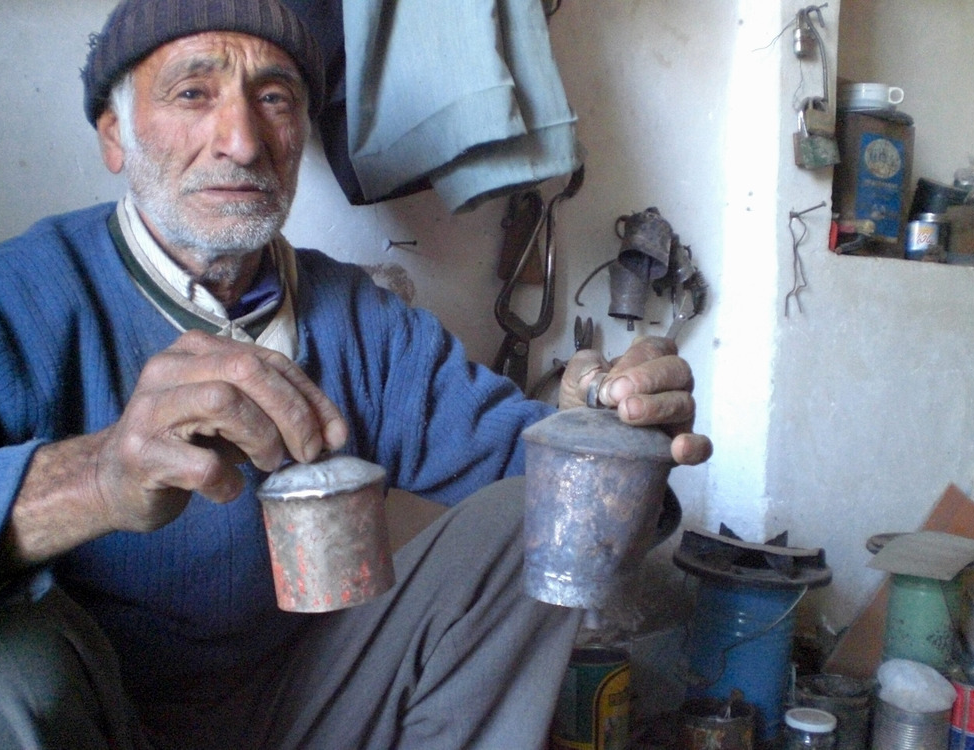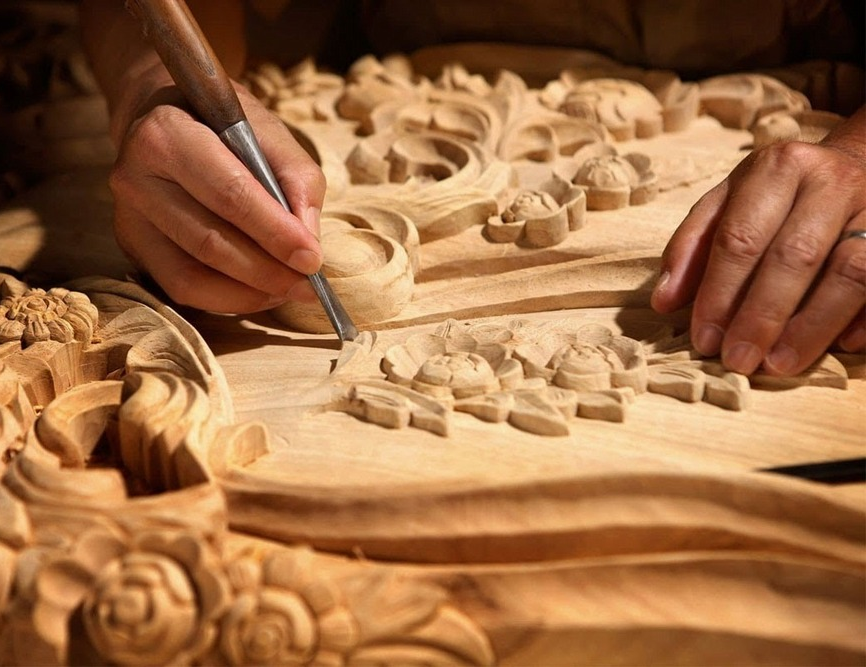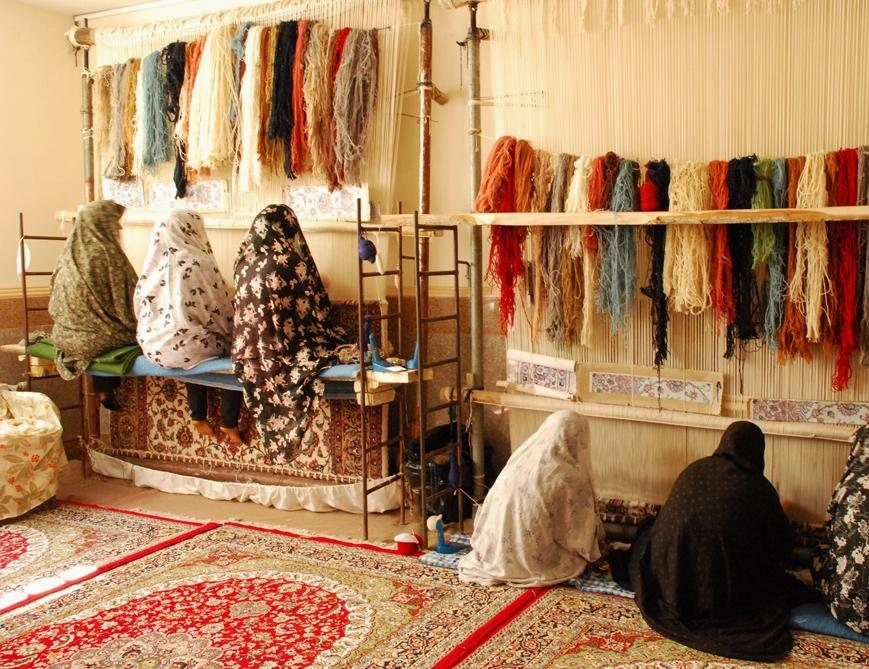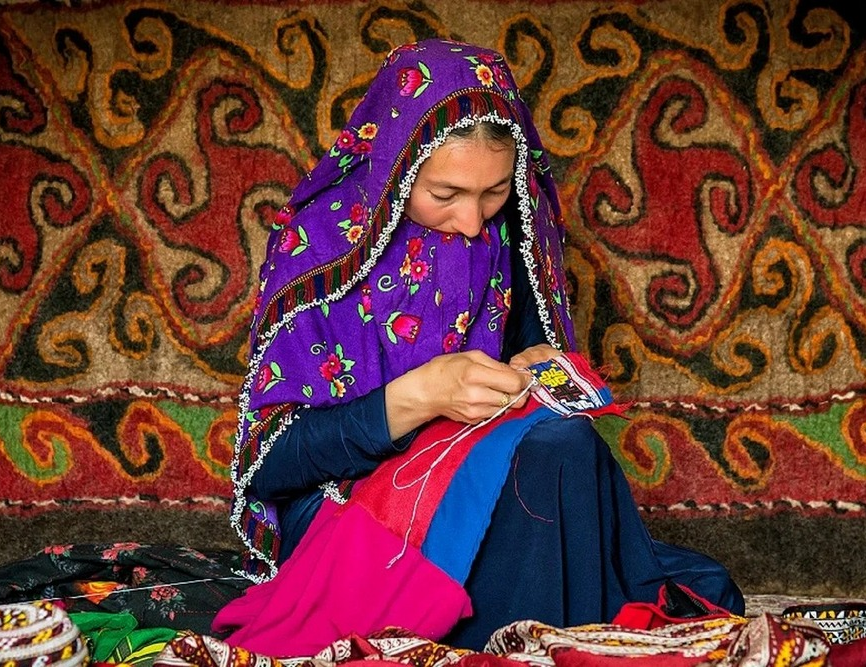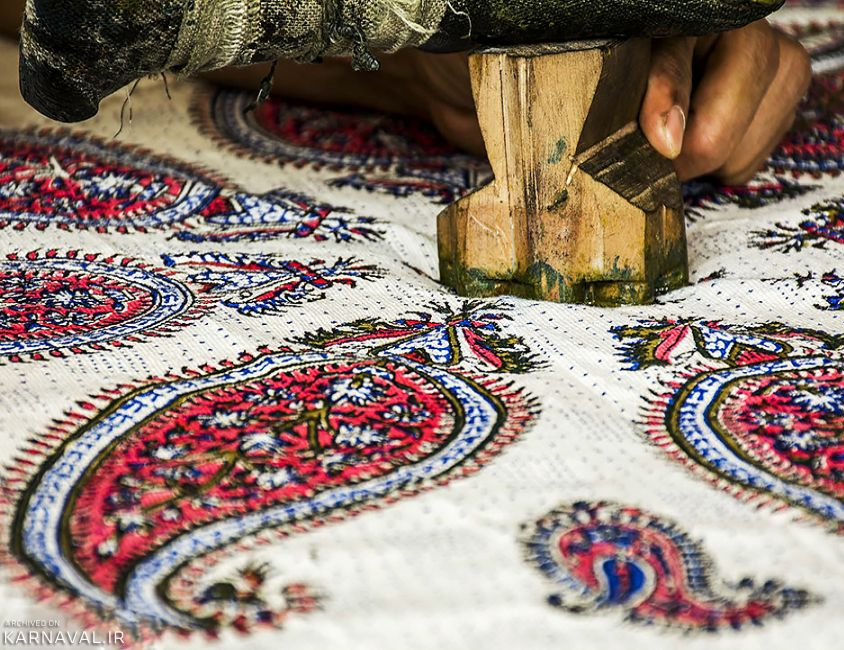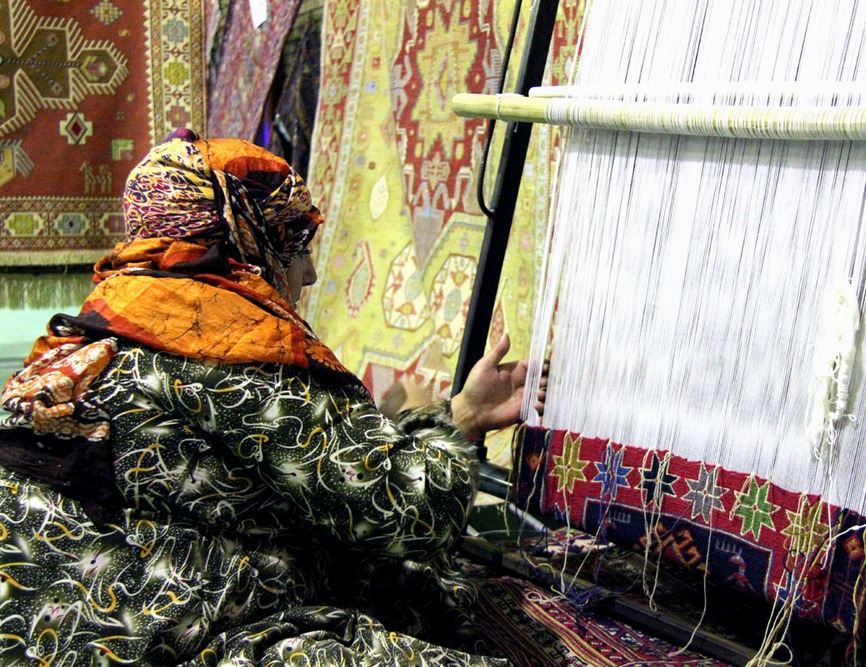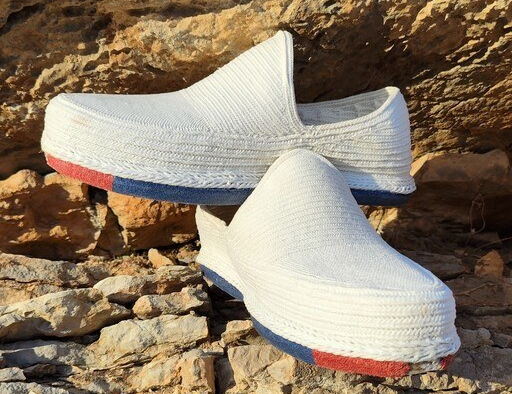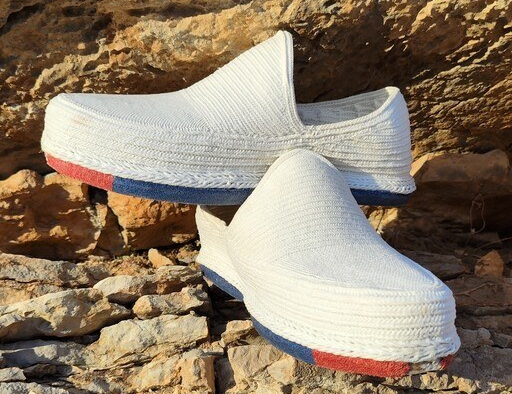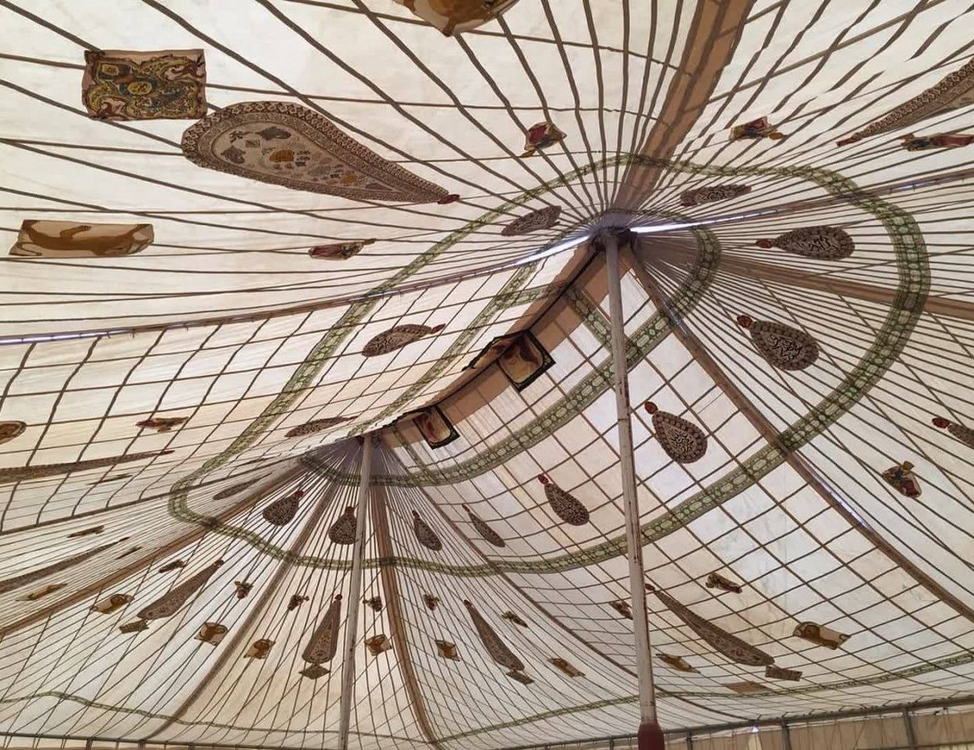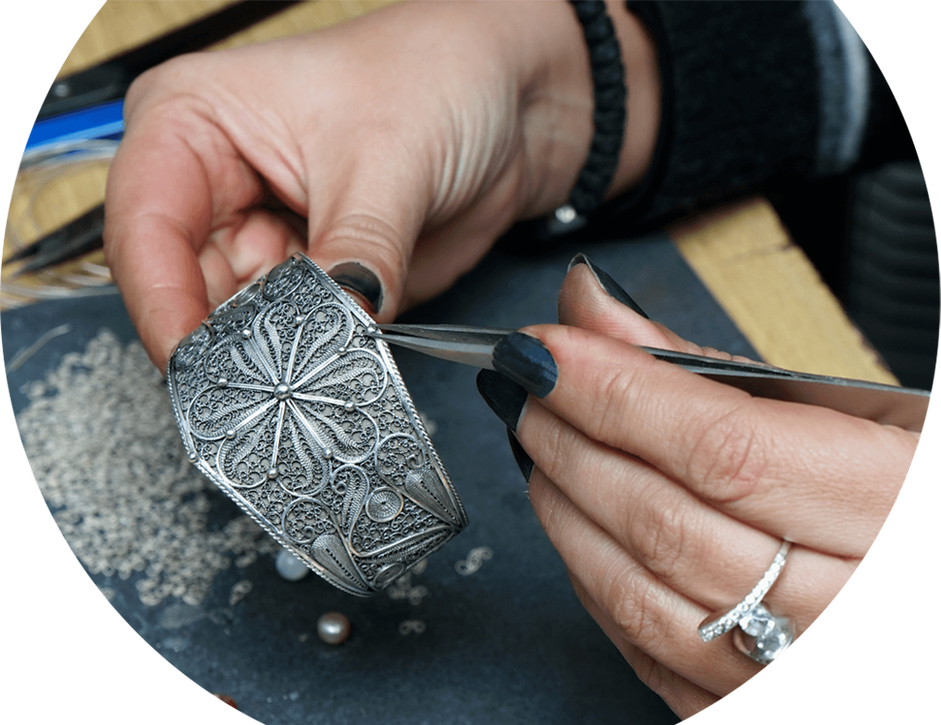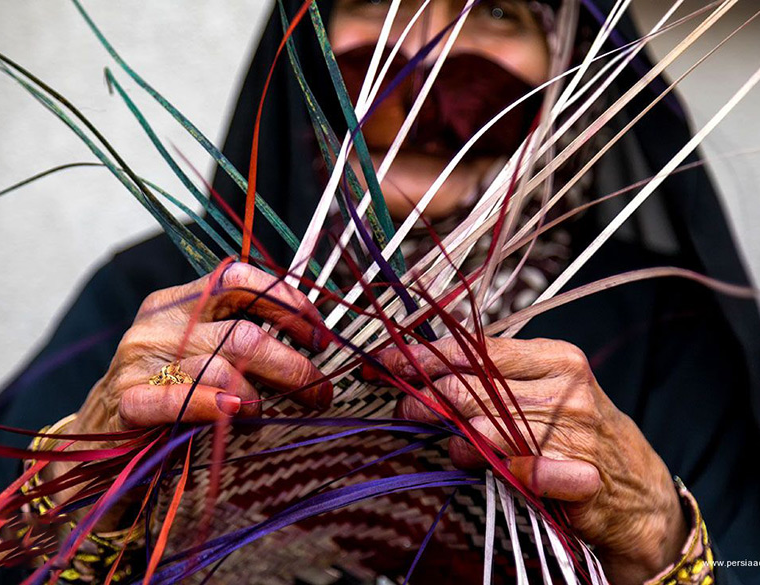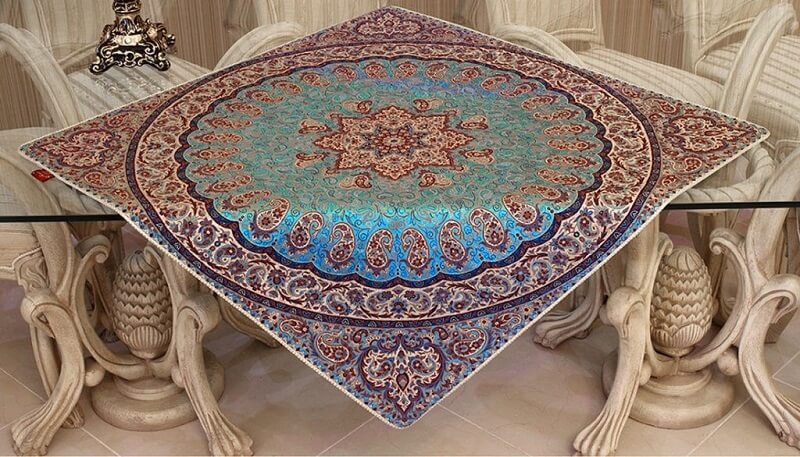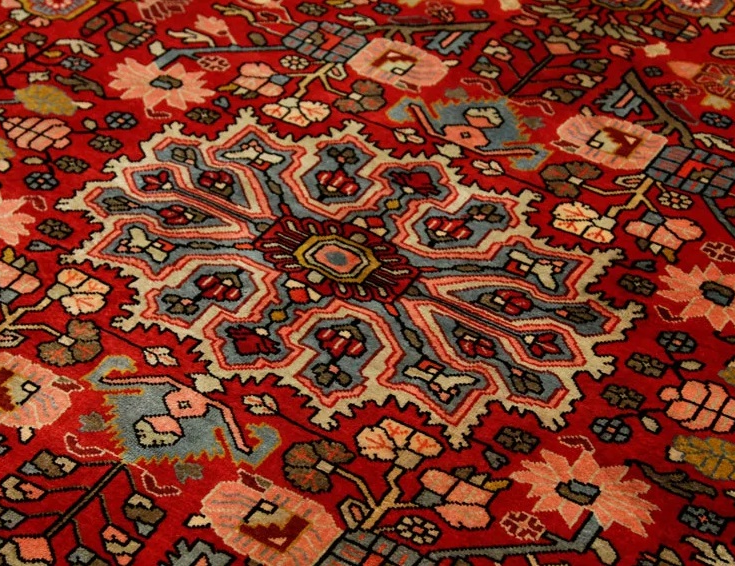
Kashan Carpets
The carpet weaving skill of Kashan, which was inscribed as an intangible world heritage on the UNESCO List in 2010, is considered one of the most delicate arts of Iran.
Kashan has been the center of silk production, and silk resin solution since the distant past. In addition to this, silk weaving and the weaving of silk carpets have been a part of the culture of this city to the extent that Kashan carpets are now world-famous. The use of natural dyes for making these carpets along with the unique design of carpets in different sizes have made these products unique.
History of Carpet Weaving in Kashan
Kashan has an ancient history. The Sialk Hills, which are located in the heart of today’s city of Kashan, belong to a civilization that was contemporary with the Hammurabi era (reigned from 1792 to 1750 BC). The people who lived in Sialk were known as “Kasu” or “Kashu” and the region where they lived came to be gradually known as “Kasyan” or “Kashan”. It is said that the history of carpet weaving in Kashan dates back to this historical period.
Carpet Weaving Art of Kashan in Historical Texts
The art of carpet weaving is related to the skills of producing fabric, taffeta, velvet, and satin, which is also known as “Hormozi fabric”. Tourists who have been to Kashan in different historical periods have introduced it as the center of the production of precious fabrics and clothes. Jean Chardin and Anthony Shirley have pointed out the weaving skills of the Kashan people and have said that the people of this city sew clothes with simple silk fabrics, damask silk fabrics, or silk mixed with gold and silver. Sources from the 17th and 18th centuries show that the skill of carpet weaving in Kashan was used for weaving carpets for the royal court and several carpets were woven by the order of Shah Abbas.
During the Qajar era, Haj Bab Qorban Ali Adalat was one of the biggest producers and traders of carpets in Kashan and, presently, his house - named “Qali Khaneh” (lit. carpet house) is a place where 28 Kashan carpets woven in the Safavid and Qajar eras are on display.
Kashan Carpets in World Museums
Today, on Kashan carpet, which is considered the oldest carpet woven in this city and belongs to the 17th century AD, is kept in the Iran Carpet Museum.
There is a carpet with a hunting ground design in the Metropolitan Museum of New York, but there is no precise information about the place where it has been woven. However, some researchers believe that some old Polish carpets were woven in the Kashan region.
The famous carpet of Sheikh Safi’s tomb, which is one of the most important and precious samples of Kashan carpets and is popularly known as “Ardabil Carpet”, is kept in the Victoria and Albert Museum of London. Shah Abbasi carpet, which is famous for its large flowers, is a product of the Safavid era.
Carpet Weaving Skills of Kashan
The warp and weft of Kashan carpets are created using cotton. Silk is used to weave very fine carpets. In the Kashan region, cotton yarn called “Shahri” is used as warps and a thread called “Isfahani” is used as the bottom weft, which is thicker than the top weft.
Nowadays, sheep wool is used in Kashan carpets, which may be imported from countries such as Australia. Woolen threads from Khorasan, Kermanshah, Azarbaijan, and Tehran are other raw materials that are used for weaving Kashan carpets.
Special scaled diagrams are used for the weaving of Kashan carpets, each scale of which represents a knot. These diagrams contain designs of bushes, flowers, leaves, hunting grounds, and battle scenes and may represent a historical or mythological event. The carpet weaving skill of Kashan is done by tying asymmetric knots that have a separate twist and appear evenly on the back of the carpet.
Features of Kashan Carpet
The carpet weaving skills of Kashan are divided into two categories, nomadic and urban. Nomadic carpets are mostly woven in Meymeh and Joshaghan. The general features of the Kashan carpet are as follows:
• The lower row has 30 to 45 knots on a 7 cm line.
• The background of the carpet is dark red and has a navy border.
• In the design of the carpet, rhombus-shaped fringes are used, which are inclined to an oval.
• Arabesque designs are used in the corners and edges of the carpet.
The art of carpet weaving exists throughout Iran and has found different characteristics in each region, according to its geography and culture. The fine and delicate knots along with the lacquered and navy background, are among the differences between Kashan carpets and carpets woven in other parts of Iran.
Usually, the dyeing of threads used in Kashan carpets takes place in the same area. Kashan dyeing, like Kashan carpet weaving, has a long history, and natural, traditional colors and native plants are used in it. Rubia tinctorum root, pomegranate skin, green walnut shell, and grape leaves are among the sources from which the colors used in dyeing are extracted.
If you ever travel to Kashan, you can visit the old bazaar of this city and see the booths of carpet sellers who sell handmade Kashan carpets.
The carpet weaving skill of Kashan, which was inscribed as an intangible world heritage on the UNESCO List in 2010, is considered one of the most delicate arts of Iran.
| Name | Kashan Carpets |
| Country | Iran |
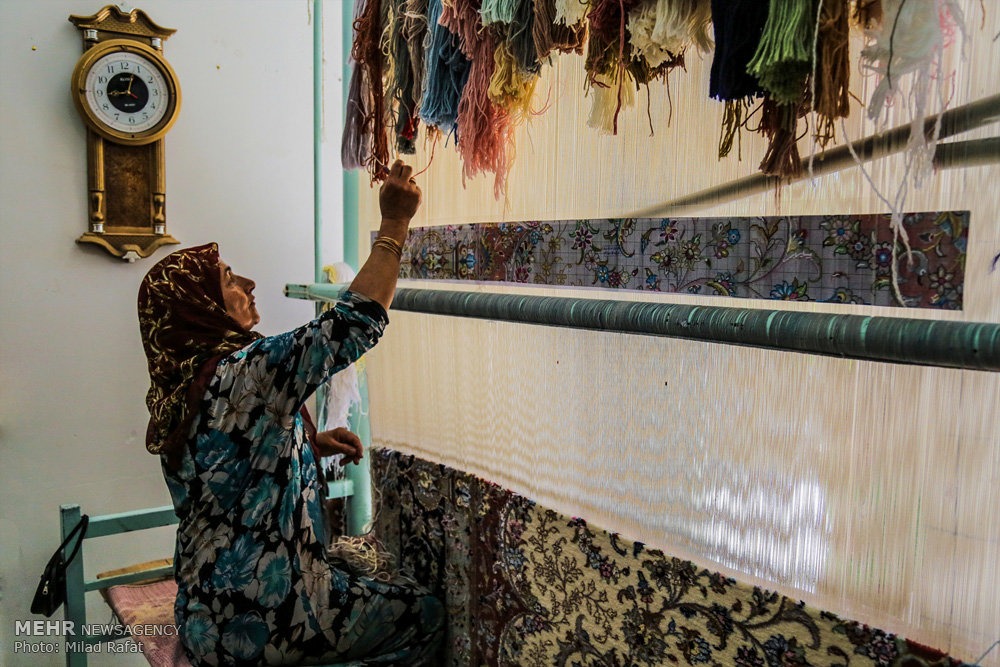
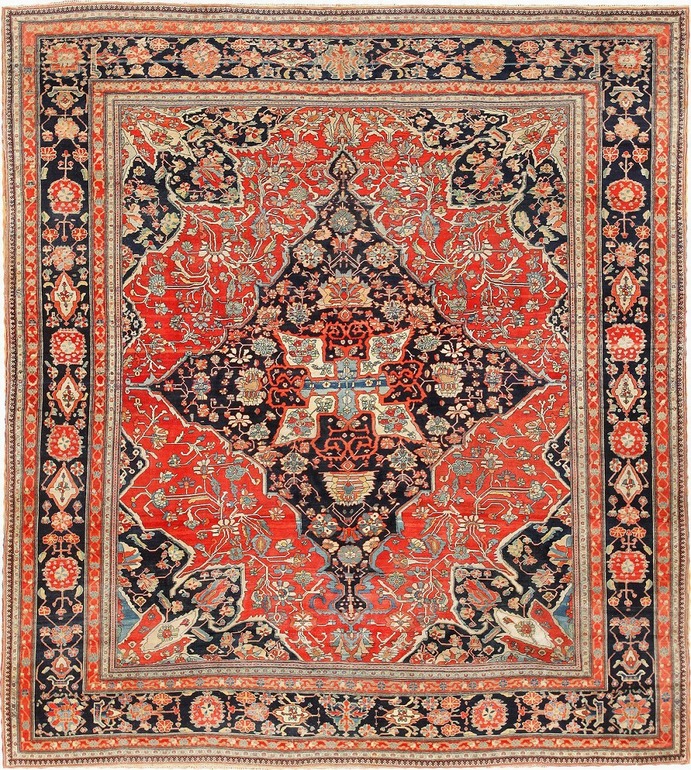
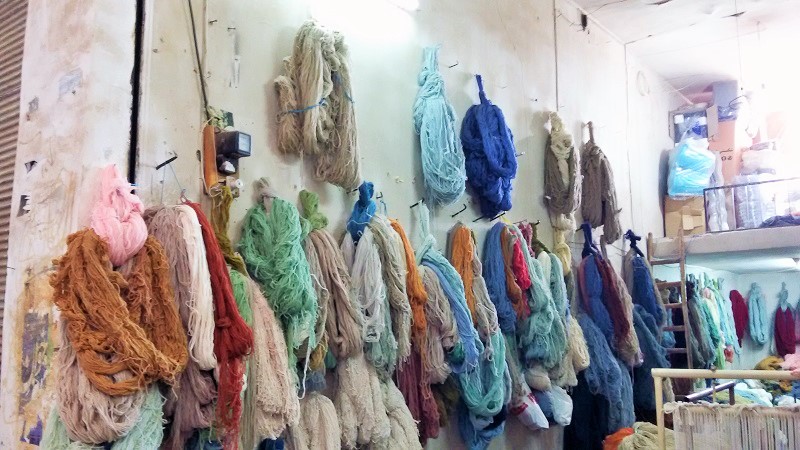



Choose blindless
Red blindless Green blindless Blue blindless Red hard to see Green hard to see Blue hard to see Monochrome Special MonochromeFont size change:
Change word spacing:
Change line height:
Change mouse type:
_crop_2.jpg)
